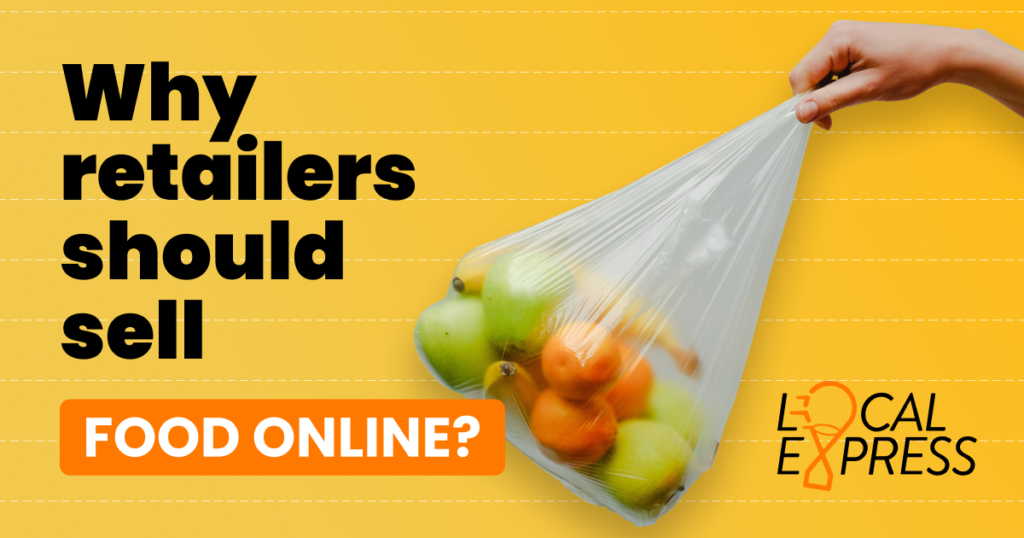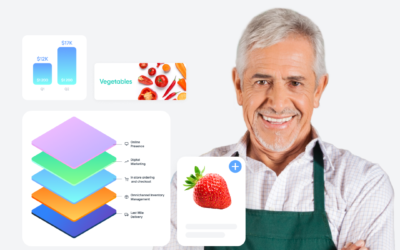
As retailers look back on 2020, they’ll see a vastly shifted online retail landscape compared to any year prior. Food retailers, in particular, have stayed abreast in a sea of changes, with eCommerce sales rising as much as 300% during COVID-19 peak periods.
That sort of substantial rise perhaps seems like reason enough to set up a grocery store with online delivery. Yet when it comes to eGrocery storefronts, there’s much more to consider than just the steady rise in sales. Here’s how to set up a grocery eCommerce platform, and what to watch out for when you join the world of online food sales.
Online Grocery Delivery
One of the biggest advantages a food retailer can offer is a wide and unique selection of products. One largely unexpected effect of the pandemic has been a reduction in choice in both brick and mortar and online grocery stores, with one market research company noting a 21% drop in food variety in retail stores since the start of 2020.
Despite increasing competitiveness in online food sales, even small and independent stores have a reason to be online. Customers are always on the lookout for new, interesting, and hard-to-find items to add to their digital cart, including imported products and premade meals from store delis and restaurants. Bringing these products online can increase retailer sales by offering customers something they may not be able to find anywhere else.
Improved Service
Key advantage retailers have is in knowing their customer base. After all, online sales made up only a small percentage of total food retailer sales as recently as 2018. We’ve long been accustomed to shopping in stores, typically at a nearby retailer.
These stores are part of the fabric of their community, stocking items that are popular in the neighborhood or region, and adapting their services to meet the needs of the customer. By bringing these personal touches to online service as well, retailers are better able to not only meet the needs of their community but expand their customer base beyond the block and throughout the city, state, or even country.
Feeding The Hungry
The online food sales model isn’t just a key change for 2020—it’s a long-term shift that will affect virtually everyone who purchases their food from a retailer. That includes users of SNAP benefits and other programs that can now be implemented in online sales environments to bring in the customers who need this service the most.
The future of online food retail is egalitarian. When sales revolve around the customer’s schedule, there’s really no limit to who can shop online, and when. A robust ordering platform is what your business needs to take part in this digital revolution. Contact Local Express today to get started.









